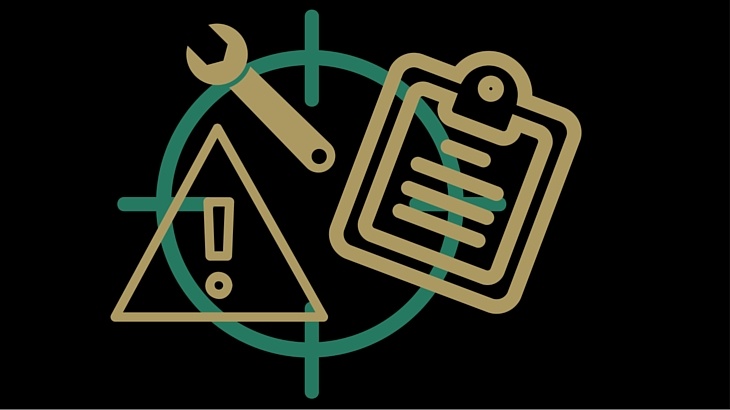UV is a sustainable way of reducing bacteria in your metalworking fluid. Compared to chemicals, both the work environment and the economy are improved. However, there are a number of factors that must not be forgotten when a new system is purchased.
I have compiled a list below with 6 important questions to ask the supplier of your new UV system. Asking these questions will ensure that the system they supply delivers the results you are expecting.
#1 How much power do I need?
The number of lamps and their power is a very important parameter for how well the UV system reduces bacteria. When reviewing the UV systems available on the market, the power differs greatly. Do your research and ask different suppliers how much output your particular system needs. Ensure that you do not use more energy than necessary at the same time as obtaining an effective system.
#2 What maintenance is required?
A UV system can require a lot of maintenance if it is designed incorrectly. Go through the maintenance requirement for the systems from which you are selecting. Has the system been optimised so that as little scaling as possible is deposited on the protective sleeves? Can the system itself provide a reminder when it is time to clean the glass? What is the procedure for when the glass has to be cleaned? How long do the lamps last? Are they simple to replace? Etc.
#3 What's the transmission of my fluid?
Most metalworking fluids are excellent for UV reduction, but about a fifth are too "dense" for the UV light to penetrate through them. If this is the case, not all the fluid comes into contact with the rays, which leads to too low a level of bacteria reduction.
Light transmission can be measured in a laboratory and is a part of the calculation to work out how many UV systems are needed. The worst fluid I have encountered had such low light transmission that it would have required 35 FluidWorker 300s to keep the bacteria level down. In the majority of cases, UV treatment is a cheaper method than biocides, but UV can never be economically justifiable for a fluid such as this.
#4 Is my fluid's function affected by UV treatment?
There are very few components that occur in metalworking fluid that are affected by UV light. Sometimes a change takes place that does not affect the metalworking fluid's function, for example a small change of colour, while other UV sensitive substances are important for the metalworking fluid's function.
The particular metalworking fluid should always be analysed before a UV system is installed to ensure that the function will not be affected by the UV light. This can be done in a laboratory at your supplier.
#5 How flexible is the UV system?
Both production and bacterial outbreaks vary. It is therefore good to evaluate the UV system's flexibility. Select a system that is as flexible as you are. Ensure that the UV system will function even if the conditions would change. This can entail being able to dim the UV lamps and the system's pump or being able to move the UV system easily.
#6 Is the UV system made for my application?
UV is used in many different industrial applications. All applications place different requirements on the equipment. Ensure that the UV system has been developed to purify metalworking fluid. Because for UV to function for metalworking fluid specific adaptations are required. Selecting a system designed for your specific application ensures that the bacteria are reduced effectively.
These 6 questions are extremely important to ask your supplier as they will affect the UV system's function. If the UV system does not work, your money has been wasted. On the other hand, the right UV system under the right conditions delivers sustainable bacteria reduction and improves the work environment as well as your finances.
(JÖ)
Want to learn more about UV purification of metalworking fluids? Download our e-book:



Comment